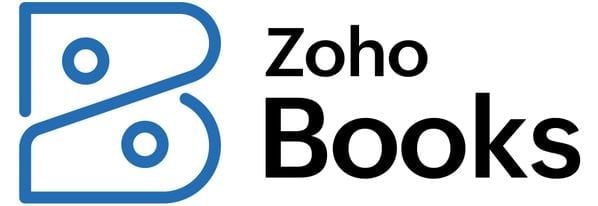Working Capital: What It Is and Formula to Calculate
Working capital is a powerful indicator of the success of your business, and it can give you borrowing power.
Many, or all, of the products featured on this page are from our advertising partners who compensate us when you take certain actions on our website or click to take an action on their website. However, this does not influence our evaluations. Our opinions are our own. Here is a list of our partners and here's how we make money.
What is working capital?
Working capital is the difference between a business's current assets and liabilities. Assets can include cash, accounts receivable or other items that will become cash within the next 12 months, while liabilities include expenses like payroll, accounts payable and debt payments due in the next 12 months.
If you're facing a temporary shortfall, getting a working capital loan is one way to give your business a quick infusion of cash. But this type of financing doesn't make sense if you need to finance a long-term investment, like an expansion. Consider other small-business loans for that type of capital.
advertisement
Why working capital is important
Working capital is an important indicator of a business’s financial health because it measures what small businesses have on hand to cover day-to-day expenses. Working capital acts as a cushion and offers opportunities for growth.
Working capital has two other important characteristics:
- It gives businesses borrowing power. Lenders and other creditors look at working capital as a measure of a company’s overall health and a business’s ability to take on new debt.
- It can fluctuate. Even successful businesses struggle with maintaining enough working capital, especially seasonal businesses and companies with large volumes of accounts receivable. Analyzing your business’s financials regularly, including the balance sheet and profit and loss statement, can help you plan to meet potential shortfalls.
How do you calculate working capital?
The working capital formula is:
Current assets – current liabilities = working capital
You can find accounting software that automatically tracks working capital for you.
Read quick overviews of these other important accounting concepts:

Article sources
NerdWallet writers are subject matter authorities who use primary,
trustworthy sources to inform their work, including peer-reviewed
studies, government websites, academic research and interviews with
industry experts. All content is fact-checked for accuracy, timeliness
and relevance. You can learn more about NerdWallet's high
standards for journalism by reading our
editorial guidelines.
Bonus offer
Best Accounting Software for Small Businesses
More like this
Related articles









